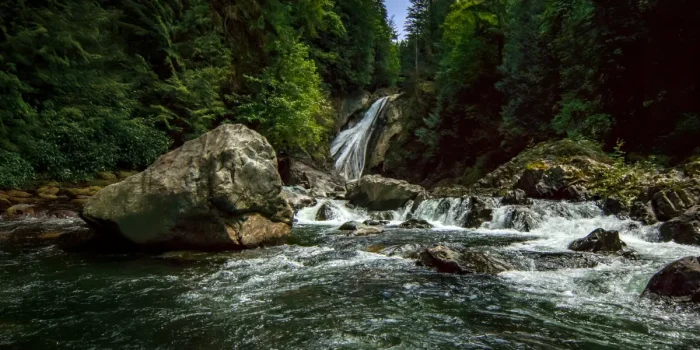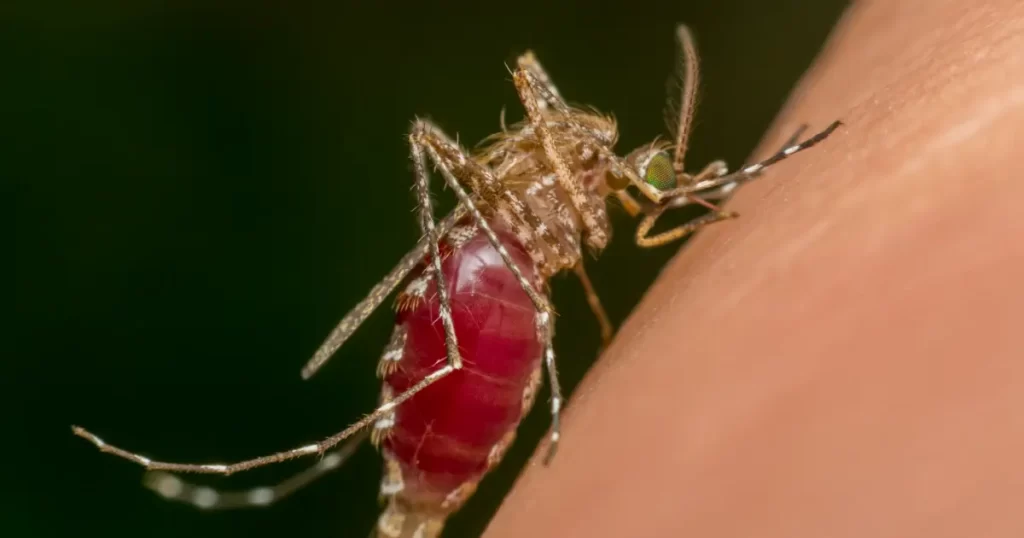Introduction
World Nature Conservation Day, observed annually on July 28, serves as a global reminder of our collective responsibility to safeguard Earth’s natural resources. As ecosystems face escalating pressures from human activities, climate change, and biodiversity loss, this day urges individuals, communities, and governments to take decisive action toward environmental sustainability.
How can global conservation efforts today determine the well-being of future generations?
Why World Nature Conservation Day Matters
The health of our planet is intrinsically linked to human survival and quality of life. Ecosystems such as forests, oceans, wetlands, and grasslands provide essential services, including clean air, fresh water, food, medicine, and climate regulation. However, these systems are increasingly threatened by deforestation, pollution, overexploitation, and habitat loss.
Biodiversity—the rich variety of life—is declining at an alarming rate. Recent studies indicate that the current extinction rate is significantly higher than the natural baseline, primarily due to anthropogenic factors such as habitat destruction, overexploitation, and climate change [1]. This decline disrupts food chains, weakens ecosystems, and increases the risk of zoonotic disease emergence.
Observing World Nature Conservation Day underscores that protecting ecosystems is not optional—it is essential for preserving life itself. Without thriving ecosystems, basic human needs and future health security cannot be assured.
The One Health Perspective on Conservation
The One Health approach recognizes the interconnectedness of human, animal, and environmental health. Unsustainable exploitation of natural resources elevates the risk of disease outbreaks, food insecurity, and climate-related disasters. For instance, land-use changes and wildlife trade are significant drivers of zoonoses such as COVID-19, Ebola, and avian influenza [2].
Conservation efforts grounded in One Health principles support:
- Healthier ecosystems that resist pathogen spillover
- Sustainable agriculture that nourishes communities
- Cleaner water sources for both wildlife and people
- Carbon sequestration that stabilizes the climate
These interconnected benefits mean that protecting nature goes beyond preserving landscapes—it protects livelihoods and life itself.
Biodiversity and Climate Resilience
Biodiversity underpins climate resilience. Intact ecosystems like forests, mangroves, and peatlands store carbon, regulate temperature, and mitigate disaster risks. Diverse agricultural systems are more productive and resilient to pests, droughts, and diseases. Yet, climate change itself is now a leading cause of biodiversity loss.
Nature-based solutions (NbS)—such as reforestation, wetland restoration, and regenerative agriculture—play a crucial role in both mitigation and adaptation strategies. These approaches not only sequester carbon but also enhance biodiversity, improve soil and water quality, and support sustainable livelihoods [3].
By combining conservation with sustainable development, we can create systems that are both ecologically sound
Community Action and Policy Change
Protecting nature requires collaboration across all levels—from grassroots initiatives to global policies. On World Nature Conservation Day, governments, businesses, and citizens can take action by:
- Supporting protected areas and indigenous land rights
- Promoting sustainable consumption and reducing waste
- Funding conservation science and habitat restoration
- Incorporating nature into urban planning and development
Global frameworks like the Kunming-Montreal Global Biodiversity Framework aim to protect 30% of land and sea areas by 2030 [4]. However, successful implementation depends on national commitment, community engagement, and transparent enforcement mechanisms.
Education and citizen science are also vital. Initiatives like iNaturalist, Eco-Schools, and local clean-up campaigns empower individuals to monitor biodiversity and contribute to local conservation goals.
Conclusion
World Nature Conservation Day calls us to rethink our relationship with the natural world. In honoring nature, we preserve the foundations of health, stability, and prosperity. Conservation is not merely an environmental issue—it is an economic, health, and justice imperative.
By embracing the One Health approach and committing to sustainable stewardship, we can protect the planet’s rich biodiversity and ensure a safer, healthier future for generations to come.
References
- Barnosky, A.D., Matzke, N., Tomiya, S., Wogan, G.O.U., Swartz, B., Quental, T.B., Marshall, C., McGuire, J.L., Lindsey, E.L., Maguire, K.C., Mersey, B. and Ferrer, E.A., 2011. Has the Earth’s sixth mass extinction already arrived? Nature, 471(7336), pp.51-57. https://doi.org/10.1038/nature09678
- Destoumieux-Garzón, D., Mavingui, P., Boetsch, G., Boissier, J., Darriet, F., Duboz, P., Fritsch, C., Giraudoux, P., Le Roux, F., Morand, S. and Paillard, C., 2018. The One Health Concept: 10 Years Old and a Long Road Ahead. Frontiers in Veterinary Science, 5, p.14. https://doi.org/10.3389/fvets.2018.00014
- Seddon, N., Chausson, A., Berry, P., Girardin, C.A., Smith, A. and Turner, B., 2020. Understanding the value and limits of nature-based solutions to climate change and other global challenges. Philosophical Transactions of the Royal Society B, 375(1794), p.20190120. https://doi.org/10.1098/rstb.2019.0120
- Convention on Biological Diversity (CBD), 2022. Kunming-Montreal Global Biodiversity Framework. Available at: https://www.cbd.int/article/cop15-final-text-kunming-montreal-gbf-221222













